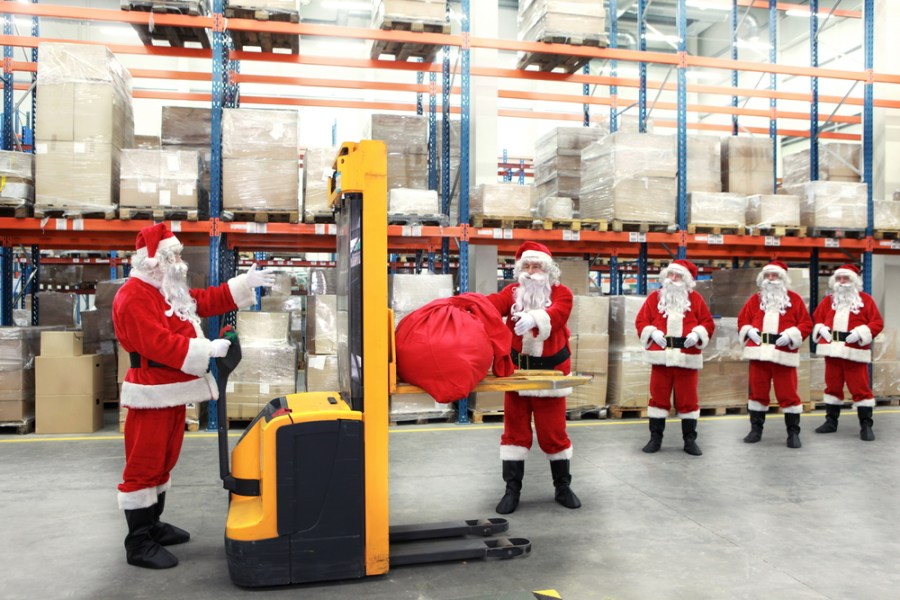The Christmas rush is something hauliers anticipate every year. But this year, there are the additional pressures of a driver shortage and Brexit.
As a result, the haulage sector is set to experience its busiest Christmas period on record. By focusing on increasing efficiency and reducing empty running, hauliers can meet the higher demands and ensure their customers receive the highest level of service.
Hauliers will need to be even more efficient and prepared in order to meet the demands of businesses and consumers this Christmas.
But, there are ways of coping with arguably the most demanding Christmas ever experienced.
Make Christmas planning more efficient
Efficient planning is paramount to success for all hauliers, but never has it been more important than now. A Logistics UK survey revealed that 96% of hauliers are struggling to recruit drivers. In addition, 13% saying their shortage is severe to very severe. To meet high demands with a potentially depleted workforce, hauliers need to get the most out of their available resources.
That’s where route planning software comes in. By feeding in all the collections and deliveries required, plus vehicle and driver availability, it is possible to plan the most efficient routes. And, get the most out of your fleet.
These solutions help create one view of the business supported by real-time information. Planners can then make informed decisions. In the hectic traffic rush leading up to Christmas, it’s critical to identify and manage exceptions. Deliveries progress because it’s undoubtedly the busiest period on the road.
Eliminate empty running at Christmas
With a larger-than-usual task to keep up with demand this Christmas, running empty seems even more wasteful than usual. Yet, for many hauliers, this is the case on their return journeys.
If drivers travel back empty from Glasgow to Plymouth on their return journey, for instance, that’s a lot of wasted mileage.
Using a freight exchange platform gives hauliers the opportunity to make the most of their journeys. Also, it serves more customers during this time of increased demands.
As a result, fleets can be optimised in the short term and hauliers can expand their network. Haulage companies with loyal customers, but limited resources, have the opportunity to subcontract their excess work on these platforms. Therefore, they can still take on additional haulage loads and get customer’s jobs done.
Allow drivers to do more in their workday
Changes to drivers’ hours mean drivers can work up to 11 hours a day twice a week. This rule has been extended once again to January. However, making already overworked drivers work longer hours isn’t the solution. Especially when many drivers have left the sector due to poor working conditions.
Giving drivers the tools they need to achieve more in their workday is a much better solution. Not only will this allow a business to be more efficient, but it will also improve their satisfaction by making jobs easier.
Inefficient processes can frustrate drivers and cause delays. Furthermore, they can even result in them finishing their day later than expected. Using digital tools such as electronic proof of delivery – and apps that provide real-time details of their deliveries – allows drivers to focus on the job and get more done in their day.






